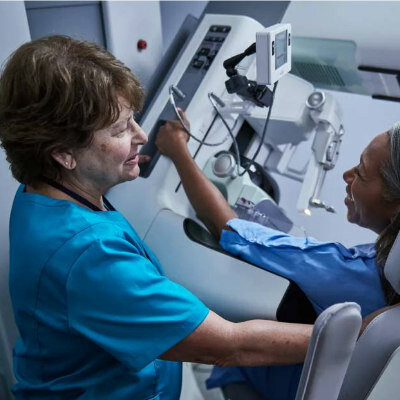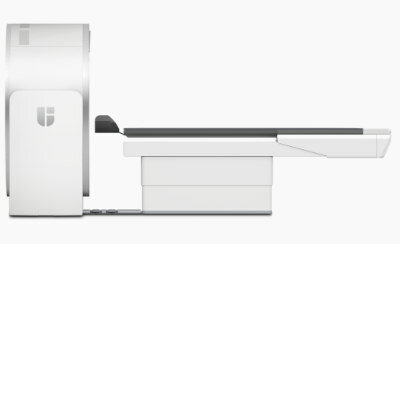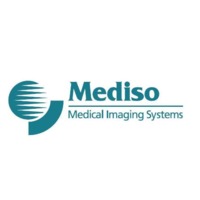Shared Decision-Making During Radiotherapy Enhances Patient Satisfaction
By MedImaging International staff writers
Posted on 05 May 2014
Being an active participant in radiation treatment decisions allows cancer patients to feel more contented with their care, and may even relieve psychological distress with their experience.Posted on 05 May 2014
Researchers reported their findings March 19, 2014, in the journal Cancer. In a study of 305 patients undergoing radiation treatment, Neha Vapiwala, MD, an associate professor in the department in radiation oncology at the Perelman School of Medicine at the University of Pennsylvania (Penn Medicine; Philadelphia, USA), and colleagues discovered a link between patient satisfaction and patient-perceived control and shared decision-making (SDM)—a process that allows patients and providers to make healthcare decisions together, taking into account scientific evidence as well as the patient’s values and preferences.
Patients who experienced SDM or perceived some control over their treatments were more satisfied with their care than those who did not experience SDM or perception of control—a difference of almost 17% and 26%, respectively. Furthermore, increased depression, anxiety, and fatigue were reported in patients who desired control over treatments but did not perceive this control.
“Most importantly, our findings emphasize the value of patient-physician relationships and communication specifically in radiation oncology, and their impact on patient experience in a way that hasn’t been shown before,” said Dr. Vapiwala. “No matter where cancer patients are in the treatment process, there is always an opportunity to improve patient satisfaction—something hospitals and providers have consciously and increasingly been making a priority.”
Past studies of SDM in patients undergoing chemotherapy, as well as treatments for other medical conditions such as hypertension and diabetes, have shown an association with improved satisfaction and quality of life. The Institute of Medicine recently recognized its significance, and the US Affordable Care Act even devotes an entire section to establishing a program for SDM. However, no group has assessed its impact on patients going through radiotherapy.
Radiation oncology is frequently seen as a treatment path that is, in the end, left to the physician to decide. But there are customized alternatives, decisions, and discussions that can apply to individual patients, even if they all have similar diagnoses. There are different radiation regimens, dosages, risks and benefits, as well as pain control management issues that should be part of the ongoing conversation.
Among the participants in the study, 31% of patients experienced SDM, 32% perceived control in decisions, and 76% reported feeling very satisfied with their radiation treatment course overall. There was a significant association noted between patient satisfaction with his/her radiation treatments and patient-perceived experience of SDM (84.4% vs. 71.4%) or perceived control over one’s treatment (89.7% vs. 69.2%).
Patients who specifically desired control over their treatment decisions, but did not perceive this control, experienced significantly more anxiety (44% vs. 20%), depression (44% vs. 15%), and fatigue (68% vs. 39.2%) in comparison to patients who did not perceive a sense of control in their treatment decisions.
One of the advantages of the study is its patient diversity. Ages ranged from 18–87 years, with patients of varying ethnic and racial backgrounds, and cancers at all stages, as long as they were well enough to participate in the study.
The next phase in the research is to determine both physician and patient hurdles to SDM and to determine methods to break down these barriers. “As providers, it doesn’t matter what treatment you are offering, or how complicated it is, or how busy you may be,” concluded Dr. Vapiwala. “It’s worth taking even a few minutes to talk to patients about seemingly minor decisions in which they can provide some input. It’s not only critical in today's health care setting where both information and misinformation are rampant, but will very likely lead to the patient feeling positively about the encounter.”
Related Links:
Perelman School of Medicine at the University of Pennsylvania














